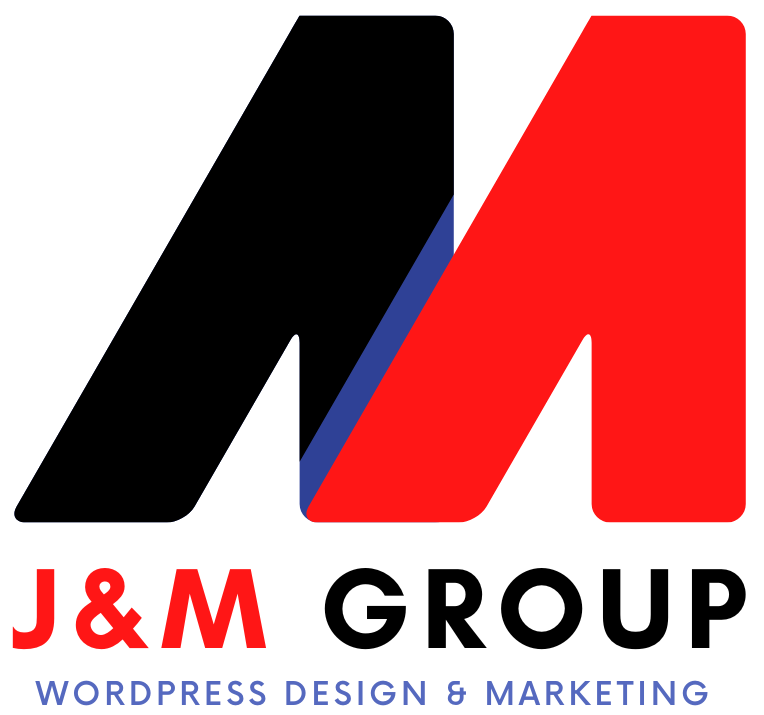
Is your website ready for the new year? If you look at websites from five years ago, there’s a big difference in the look, layout, and design. Gone are the flashy banners, tons of tabs and beveled buttons.
They’ve been replaced by simple designs, bold colors, and in-your-face visuals.
New, state-of-the-art websites are mobile-friendly, fast, modern, easy-to-use, with SSL certificates and video.
Here are 7 signs you know it’s time for a redesign:
You have a high bounce rate.
That means a percentage of people that come to your site only visit the first page they land on. A fresh redesign can help convince readers to stick around longer.
Your website no longer aligns with your current brand.
Brands evolve over time, but has your website evolved along with yours?
When visitors come to your site, the first impressions they’ll have can often be the difference in earning a potential customer or yet another bounce. Make sure you’re remembered for having a well-designed site that aligns with your message and brand. If not, it might be time for a new one.
Is my site mobile-friendly?
How your website appears on a smartphone or tablet is very important in today’s increasingly mobile world. Mobile website traffic makes up more than half of web visits around the globe,
More than 75% of Americans own a smartphone, which means that your site needs to be easy to view and navigate on a screen that is less than five inches long. A mobile-friendly website makes it possible for your customers to find and connect with you no matter where they are.
You haven’t updated your site in more than 3 years.
There have been many advancements even in the past 3 years. Is your site SSL secured or mobile-friendly, for example?
You’re not getting enough leads or conversions from your site.
If your site isn’t producing the amount of the leads that you need it to, it’s time for an upgrade. All the reasons on this list can contribute to your site not generating enough leads. If more than one problem looks familiar, it’s time to reconsider your design.
You aren’t using inbound marketing
Just because a company has a website, doesn’t mean that that website is optimized for inbound.
A true inbound site will have content that attracts visitors, with multiple lead conversion opportunities throughout the site that assist the lead nurturing process. If your site is just up to help provide information, you can be doing much more to help your marketing efforts.
Is my site secure?
Site security is important for several reasons. First, your site must be secure to protect your visitors.
Secondly, your site’s security is directly related to your business’ reputation. Protect the exchange of information between your site and your visitors, and you will earn their trust. Without a secure site, you’re setting your business up for hacking, downtime, and embarrassment.
Safe to say, if it’s been a while since you’ve updated your site, there’s a lot you can do to make improvements.
Don’t drop the ball this New Year’s! Start 2020 with an expertly built and managed website.
Contact Marcia to get started.

